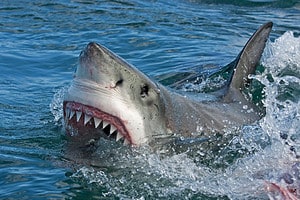This list of animals that suck blood includes bats, mosquitoes, leeches, and others. However, one of them will shock you. Feeding on blood sounds unnatural, but these guys can’t imagine having anything but blood on their diet!
If you want to learn more about the creatures that may have inspired the legend of Count Dracula and every other famous Hollywood vampire, this article has all the scoop.
8 Animals That Suck Blood
1. Vampire Bat
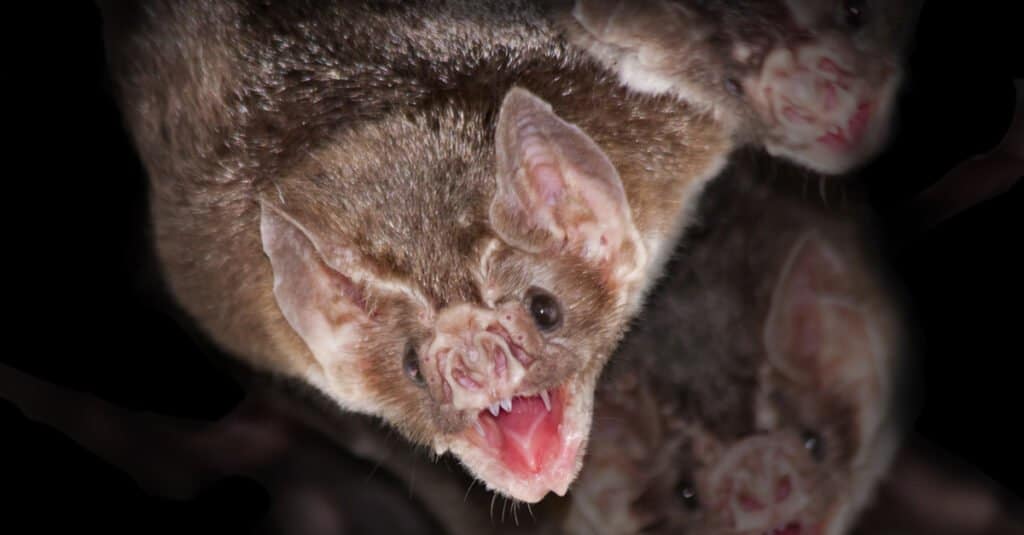
Vampire bats are native to Central and South America.
©belizar/Shutterstock.com
Vampire bats are native to Central and South America. Three vampire bat species have evolved to feed exclusively on blood: the common vampire bat, the hairy-legged vampire bat, and the white-winged vampire bat.
As you probably know, vampire bats haven’t always been on an exclusive blood diet. They used to enjoy fruits and insects over 20 million years ago. Their progression from fruit-loving creatures to blood-sucking vamps is still being studied.
Unlike the fictional vampire, these bats rarely drink human blood. And when they feed on a host, they don’t extract blood with their teeth. Instead, they use it to make a small incision before lapping the flowing blood with their tongue. The process is said to be almost painless for the host.
2. Mosquito
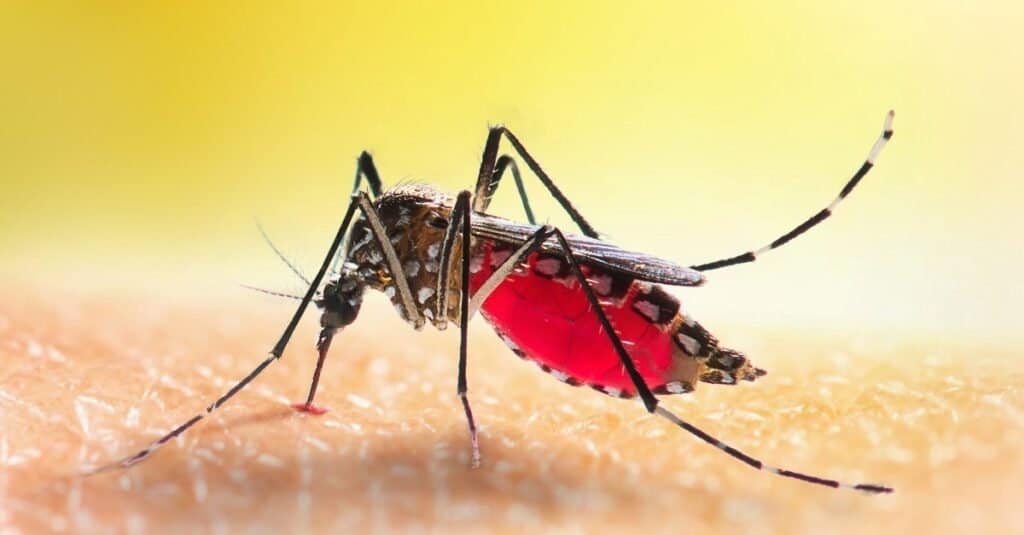
Mosquitoes are distributed worldwide, except in Antarctica.
©iStock.com/panom
Arguably one of the most annoying creatures to ever plague humanity, mosquitoes have been around for a long time. The oldest known mosquito appeared nearly 99 million years ago. Nowadays, they are distributed worldwide, except in Antarctica.
Mosquitoes are known for being carriers of some of the most dangerous parasitic diseases like malaria, yellow fever, dengue fever, and many more.
The blood they ingest helps female mosquitoes produce eggs, and this process is vital for increasing and maintaining their population. As much as we hate them, mosquitoes play an important ecological role. Besides being a part of the food chain, they are also important pollinators.
3. Leech
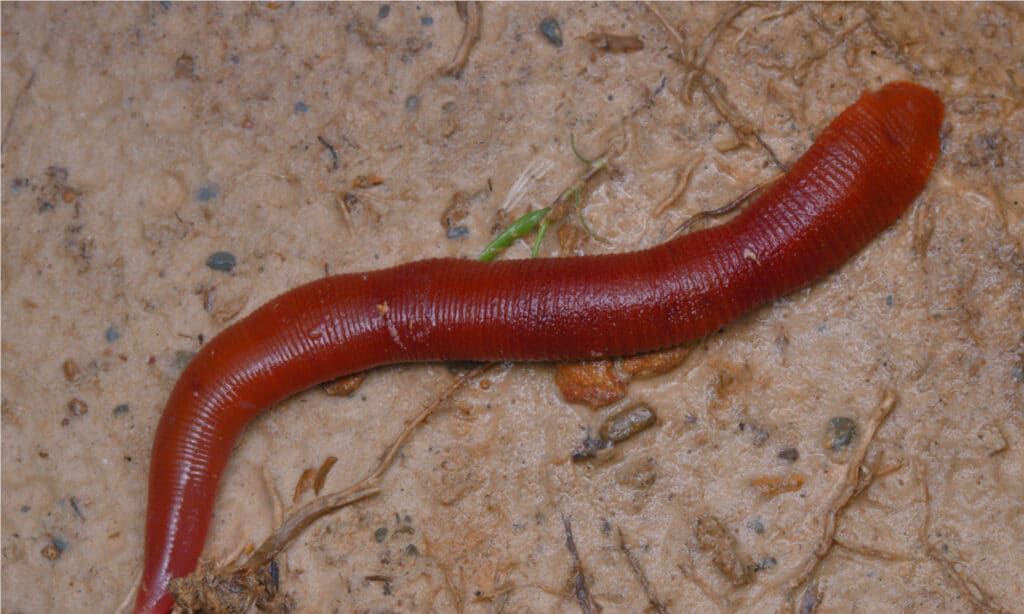
Leeches typically live in marine environments.
©SIMON SHIM/Shutterstock.com
Leeches are close relatives of the friendly garden earthworm. One of the differences between them is that leeches feed on blood. For better access to their food, leeches have suckers on both ends of their body.
The most known leeches are the medicinal leeches. Medical experts use them to treat certain joint diseases, including osteoarthritis. When leeches feed, they inject hirudin into the hosts, which prevents blood clotting. Due to this, they’re often used to treat blood-clotting diseases.
Leeches typically live in marine environments. However, there are also terrestrial leeches. Just like mosquitoes, there are leeches everywhere in the world except in Antarctica.
4. Tick
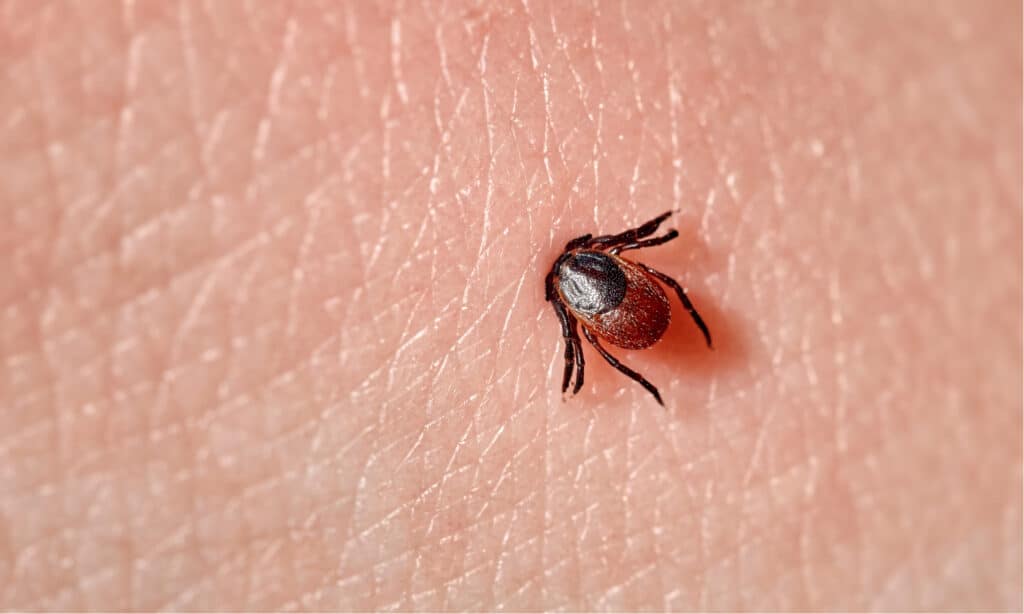
Ticks are parasitic creatures that have been around for millions of years.
©Evgeniyqw/Shutterstock.com
Ticks are parasitic creatures that have been around for millions of years, and they usually fall into two families: soft and hard ticks. Interestingly, there is also a third family known as Nuttalliellidae, which consists of only one species native to South Africa.
The other two groups of ticks thrive almost everywhere, including Antarctica, where they feed on penguins. Despite their small size, ticks are very resilient. They can go as long as 18 weeks without food.
When there’s no host to feed on, they rely on moisture in their environment for survival. Like mosquitoes, despite their small size, they can spread dangerous diseases like Lyme.
5. Vampire Snail
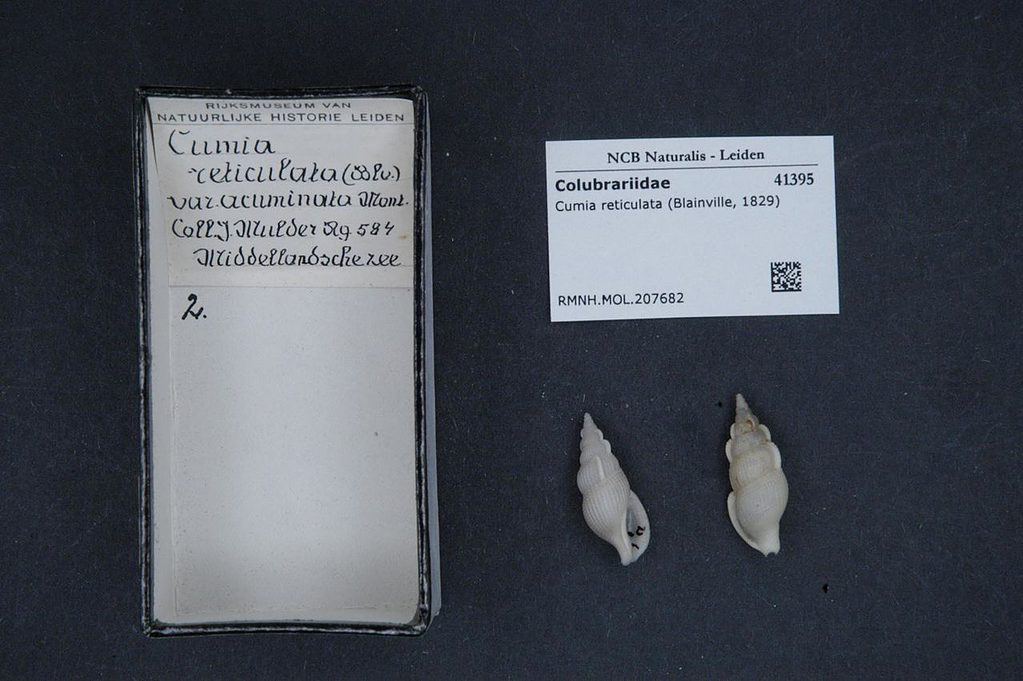
Vampire snails are common in Sicily and certain localities in western Africa.
©Naturalis Biodiversity Center / Wikimedia Commons – License
Another common name for the vampire snail is false triton. These gastropods are common in Sicily and certain localities in western Africa.
Vampire snails are water snails that feed on the blood of fish when they are sleeping. They live in rocky and coral habitats. Like some other sanguivores on this list, they are nocturnal.
When they feed, vampire snails secrete a substance that acts as a local anesthetic. The proboscis/tube at the end of the mouth enters the incision and locates a blood vessel.
After successfully finding a blood vessel, the vampire snail secretes anticoagulants to prevent blood clotting and enable better feeding.
6. Vampire Moth
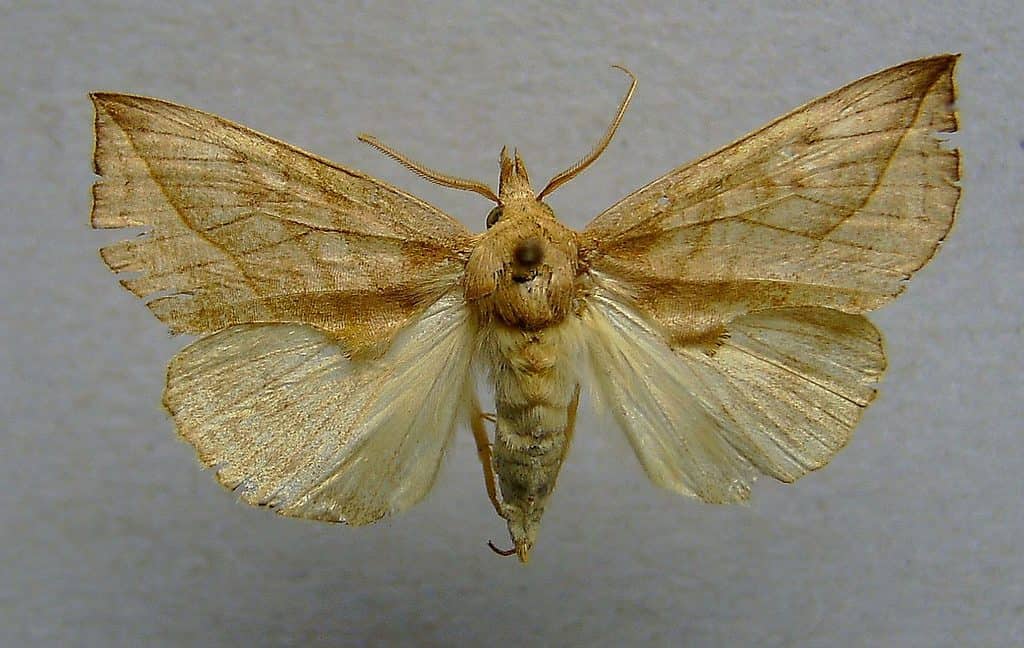
A bite from a vampire moth can cause redness and soreness, but it doesn’t cause any harm.
©Dumi / CC BY-SA 3.0 – License
Countries like Japan, Korea, Sweden, and Finland are home to this vampire insect. Unlike mosquitoes, vampire moths do not pose any danger to humans. In general, vampire moths feed on fruits.
However, it is believed that the male vampire requires sodium in the blood it consumes for its offspring. This is passed to the female through sperm, who in turn pass it to their young.
An interesting fact about vampire moths is that they can reportedly suck blood for more than 30 minutes. A bite from a vampire moth can cause redness and soreness, but it doesn’t cause any harm.
7. Oxpecker
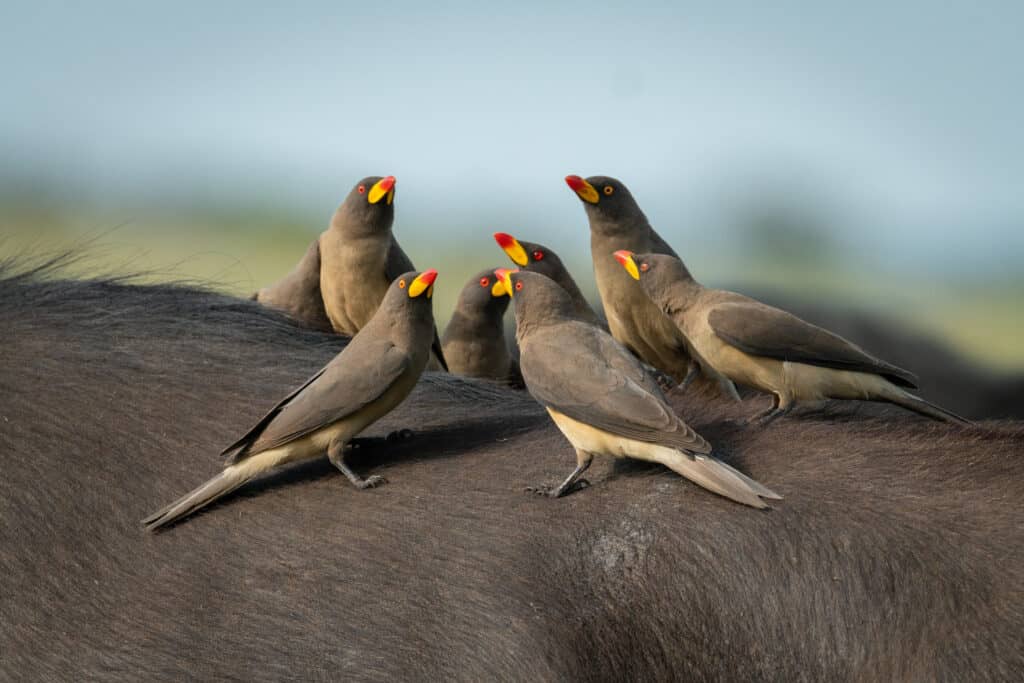
Oxpeckers access blood by feasting on wounds on the back of whatever beast they choose as host.
©Nwdph/Shutterstock.com
Oxpeckers are native to sub-Saharan Africa and love to eat the parasites found on the bodies of animals like buffalo, giraffes, hippopotami, and others. Their diet consists mainly of ticks, parasitic insects, and blood.
Oxpeckers access blood by feasting on wounds on the back of whatever beast they choose as host. While they cannot extract blood like the other sanguivores on this list, they keep a sharp lookout for open sores with active bleeds. Because of the oxpecker feeding behavior, many experts believe they are parasites.
8. Bed Bug
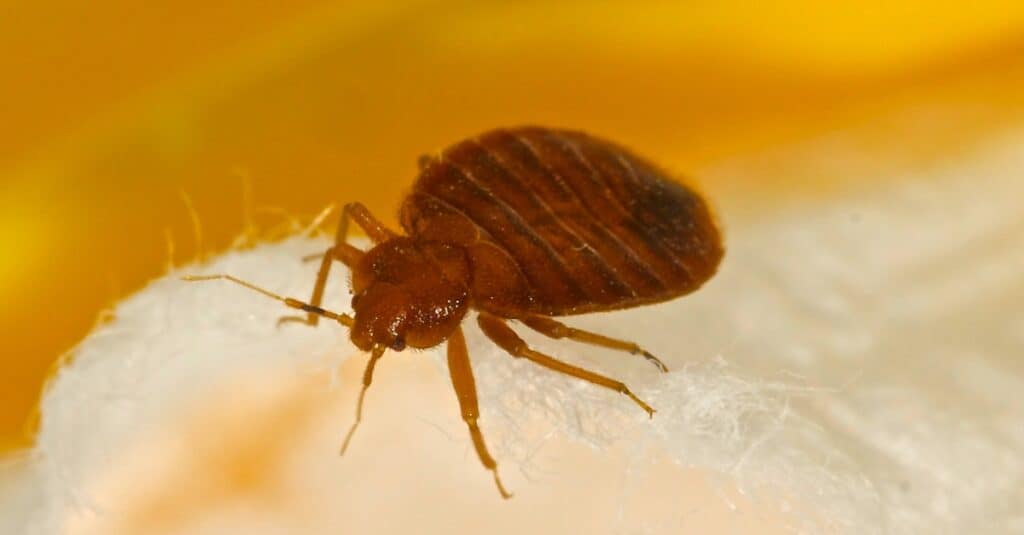
Bed bugs come from the
Cimicidaefamily, consisting of over 100 species.
©iStock.com/John-Reynolds
These unwelcome guests feed on the warm blood of unsuspecting victims. They like nesting in places that give them easy access to the hosts. Beds are the perfect hiding spots.
Bed bugs come from the Cimicidae family, consisting of over 100 species. They primarily feed on mammals and birds but can sometimes suck human blood. They rely on the heat produced by the hosts to identify where the target is. When food is scarce, they can survive without eating for up to a year and even longer.
Because bed bugs like to live close to their food source, you can find them almost everywhere, especially since they can survive in various temperatures and environments.
Up Next:
- The 10 Oldest Living Mammals
- 10 Animals That Stay Up All Night
- 17 Animals That Live in the Savanna
- The 10 Most Venomous Animals In The World!
The photo featured at the top of this post is © Surachai Pung/Shutterstock.com
Sources
- Entomology Today, Available here: https://entomologytoday.org/2015/10/30/vampire-moths-suck-the-blood-of-vertebrates-including-humans/
- Pest World, Available here: https://www.pestworld.org/news-hub/pest-articles/interesting-tick-facts/
- NWF Blog, Available here: https://blog.nwf.org/2020/09/what-purpose-do-mosquitoes-serve/
Thank you for reading! Have some feedback for us? Contact the AZ Animals editorial team.






